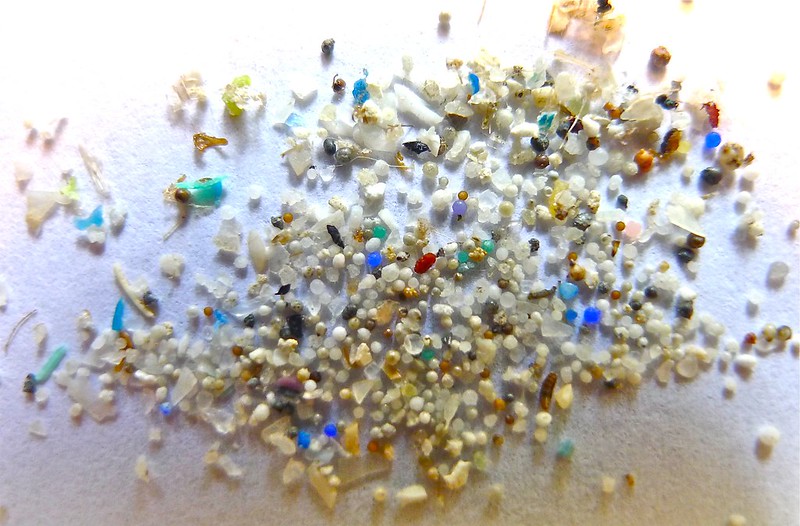A new research technique now allows for microplastic and nanoplastic particles to be discoverable in human organs. This will allow scientists to determine the level of plastic contamination as well as the health impact of these particles on human health, which is currently unknown.
—
The researchers expect to find these nano- and microplastic particles in human organs and have already found chemical traces of plastic in human tissue. However, characterising these traces is difficult. To test this new technique, researchers added micro- and nanoplastic particles to 47 samples of lung, liver, spleen and kidney tissue. Microplastics were detected in every sample. These organs were studied as they are the ones most likely to be exposed to microplastic.
The analytical method allowed the research team to identify dozens of types of plastic, including polyethylene terephthalate (PET) used in plastic bottles and the polyethylene used in plastic bags. They also found bisphenol A (BPA), a chemical used to make plastics, in all 47 samples. BPA is a ‘reproductive, developmental and systemic toxicant in animal studies’, according to the US Environmental Protection Agency.
Varum Kelkar of Arizona State University and part of the research team, says, “We never want to be alarmist, but it is concerning that these non-biodegradable materials that are present everywhere may enter and accumulate in human tissues, and we don’t know the possible health effects. Once we get a better idea of what’s in the tissues, we can conduct epidemiological studies to assess human health outcomes- that way, we can start to understand the potential health risks, if any.”
This new technique developed by the team will be shared online so that other researchers can report their results in a standardised way and allow them to compare exposures in organs and groups of people over time and geographic space.
You might also like: Alarm as Report Finds 75% of Fish in The Nile River Contain Microplastics
Microplastics have been found all over the planet, from Antarctic ice and the food we eat to the deepest parts of the ocean. Previous studies have also shown that people eat and breathe in at least 50 000 particles of microplastic a year.
Charles Rolsky, another member of the team, says, “In a few short decades, we’ve gone from seeing plastic as a wonderful benefit to considering it a threat.”
Microplastics are those less than 5mm in diameter and nanoplastics have a diameter of less than 0.001mm. Both are formed largely from the abrasion of larger pieces of plastic dumped into the environment. Research in wildlife and lab animals has linked these plastics to infertility, inflammation and cancer.
Featured image by: Oregon State University

















